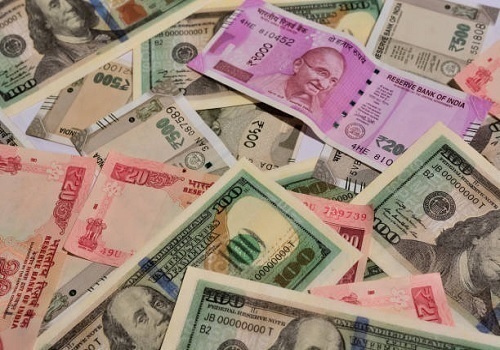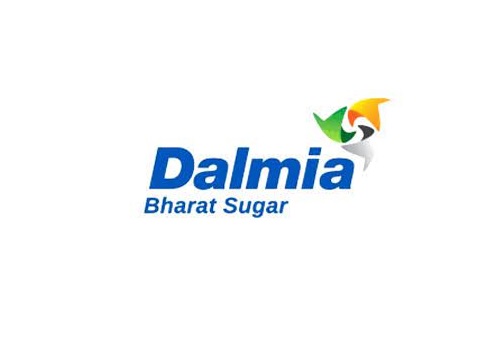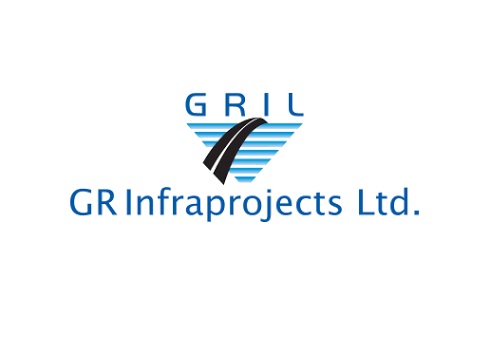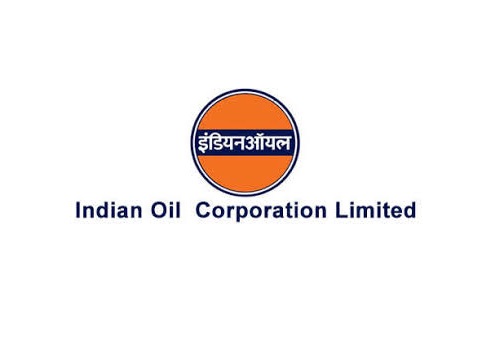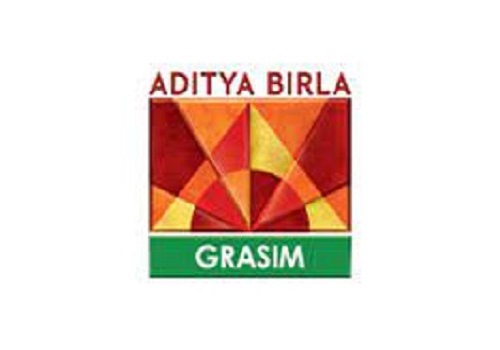Buy Piramal Enterprises Ltd For Target Rs.1,391 - ICICI Securities
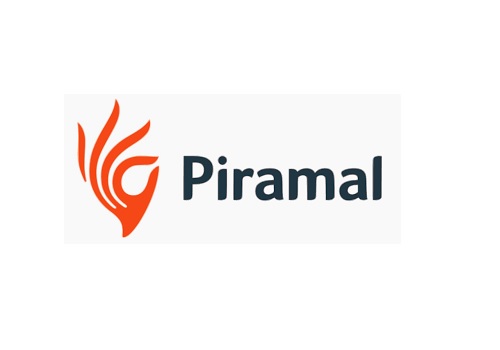
Follow us Now on Telegram ! Get daily 10 - 12 important updates on Business, Finance and Investment. Join our Telegram Channel
Financial services business price discovery; goes expharma a day prior to record date
Piramal Enterprises (PEL) has fixed September 1, ‘22 as demerger of Piramal Pharma record date. Accordingly, price discovery for financial services business happened during the market opening hours (on August 30, ’22) and PEL shares traded ex-pharma business valuation all through the day. Closing market price at Rs1,064 per share or market cap of Rs255bn represented financial services business valuation translating to 0.8x trailing (FY22) net worth of Rs300bn. Based on past few days’ average trading price, pharma business seems to command valuation of Rs200bn or Rs850 per share. Equity shares, proposed to be allotted by PPL (Piramal Pharma Limited), are expected to be listed on stock exchanges over the next 2-3 months, subject to necessary regulatory approvals.
We value PEL’s financial services business (factoring demerger of pharma business) at Rs332bn or Rs1,391 per share. Maintain BUY.
* Lending business with FY22 allocated net worth of Rs170bn will generate RoE of 8-9% over FY23-24E and can command multiple of 1.15x book.
* Investments in Shriram Group are valued at Rs55bn / Rs230 per share.
* We assign Rs38bn or Rs161 per share for unallocated equity, alternatives and life insurance.
Factors that pose risk to our estimates: i) Any further sign of stress in non-retail portfolio after having disappointed in last couple of quarters, ii) lower than expected RoE accretion from retail business.
* Retail traction better than expected; wholesale lending 2.0 was unveiled with new management team in place: Within the financial services business, traction in retail segment has been better than expected. It has unveiled wholesale lending 2.0 with focus on mid-market residential projects in tier-1 cities and focus on top 15-20 tier 2/3 markets. It will also pursue smaller ticket corporate non-real estate loans at the operating company level. New CEO and Credit Head has been inducted and Mr. Khusroo Jijina would retire (and act as an advisor).
* 5-year aspirations outlined for financial services business: PEL has outlined its 5-year aspirations wherein it is targeting to 1) double AUM in 5 years until 2027, 2) grow retail disbursements at 40-50% CAGR over 5 years, and 3) take retail share in total portfolio mix to ~60-70%. In terms of leverage, it will further optimise capital utilisation and target net D/E of 3.5-4.5x.
* Retail disbursements surge and outpace run-offs – ahead of guidance: Overall AUM grew >37% YoY to Rs645.9bn led by 3.3% QoQ rise in retail loan book to Rs222.67bn and its share increasing to 37% (vs 36% QoQ/12% YoY). Retail loan disbursements surged 66% QoQ to Rs24.6bn (Rs14.8bn/ Rs7.4bn/ Rs5.2bn/ Rs1.9bn/ Rs4.1bn in Q4/ Q3/ Q2/ Q1FY22/ Q4FY21) driven by customer acquisition (~203k in Q1FY23 vs 107k/55k/ 22k in Q4/Q3/Q2FY22), re-activation of DHFL branches / expansion of branch network and scale up of digital lending. For the first time, retail disbursements outpaced run-off run rate of Rs16.6bn, thereby, leading to accretion of Rs8bn to retail AUM. Disbursement pace is marginally ahead of its guided run-rate of Rs25-30bn by Q3FY23. Disbursements are still dominated by home loans at 40% and secured MSME at 25%. Digital embedded finance is gaining significant traction contributing 23% to overall retail disbursements and 93% to customer acquisition. More than 75% of disbursements are sourced in-house. Housing loans constitute 66% of retail AUM, MSME secured at 27%, digital embedded finance at 2.4% and unsecured MSME at 1.5%. Pool purchase has been around 5% of the retail pool.
* Launching new product to further diversify the portfolio: It expanded the product offering by launching the microfinance (MFI) business through the Business Correspondent (BC) model with 21 active MFI branches across 2 states - Rajasthan and Bihar. It disbursed Rs20mn of MFI loans since its launch in May’22. Unsecured salaried loans through branch-led model will be launched next quarter. It is experimenting with gold loans and LAS as well. Through cycle to have a resilient book, it endeavours to build a diversified book. We expect loan growth to gather pace to 7%/13% in FY23E/FY24E, respectively.
* Expanding network to drive customer acquisition and growth: After adding 15 branches and consolidating few erstwhile DHFL branches, the network is now spread across 317 branches. Nearly 100% of DHFL branches are now disbursement active (vs 97%/45% in Q4/Q3) and 77% branches are offering more than 1 product. It will add another 100 branches in FY23 and expand to 500-600 branches in 5 years. It will also activate nearly 100 MFI branches across 4-5 states in near to medium term.
* Wholesale Lending 2.0 focused on mid-market lending; new management team in place: Real estate lending: Adopting a calibrated approach, primarily, focus will be on mid-market residential projects in tier-1 cities; focus on top 15-20 tier 2/3 markets, backed by strong local developers; exposure of Rs200-500mn per developer. Nearly 2-3 deals under execution worth R5.75bn. Corporate Mid-Market Lending (CMML): Focus on smaller ticket corporate nonreal estate loans at the operating company level; built a book of Rs6.7bn as of Jun’22 with ticket sizes of up to Rs1bn. Team: Top talent infusion through a new CEO (Mr. Yash Nadkarni earlier with KKR) and Credit Head for the wholesale lending business. It is strengthening its Mumbai, Delhi, Bangalore, Pune coverage and credit teams. Mr. Khusroo Jijina has retired but will continue as an advisor.
* In Q1FY23 financial services business delivered RoAs of 2.1% (supported by recoveries), retail business has the potential to further drive return profile: Financial services business’ NII grew 28% QoQ / 83% YoY as NIMs expanded more than 130bps QoQ benefitting from 130bps YoY/40bps QoQ decline in the cost of borrowings. Opex to assets too moderated to 2.4% (vs 2.6% QoQ). Operating profit, thereby, settled at 2.9%. Annualised credit cost of 2.1% was partially offset by recoveries of 1.1% and it delivered RoAs of 2.1%/RoEs of 8%. We expect retail business with potential to generate 2.5-3.5% RoAs to support the overall RoA upwards of 2.3%.
* Further rise in stage-2 and GNPAs; incremental provisioning of 50bps (nonannualised) created in Q1FY23: GNPA increased by 30bps QoQ to 3.7% primarily due to movement of one wholesale account (of 60bps QoQ and higher provisioning on stage-2 loans (37% vs 34% QoQ) was due to classification of one real estate company in South into stage-2 with ED enquiry and some cashflow mismatch in one of the accounts in hotel industry. In terms of the profile, 24% of wholesale portfolio is at an early stage of construction (including 16% already under construction) and 18% at mid-stage. With respect to payment structure, 16% of portfolio is with bullet payment maturity and 12% follows annual coupon payment frequency. Overall ECL provisions increased to 6.2% of overall AUM (vs 5.7% QoQ) on account of some knock, while progressing towards monetisation of few wholesale exposures and increase in regular ECL provisioning in-line with retail book growth.
* Recoveries from POCI pool partially offset specific credit cost: Nearly 100% of DHFL’s stage-3 and stage-2 books (combined), as on merger date (together amounting to a face value of Rs94.88bn), have been classified as Purchased or Originated Credit Impaired (POCI). 103 accounts under POCI are now fairly valued at Rs33.44bn (vs Rs34.65bn QoQ). Asset quality of the acquired DHFL book is in line with expectations with median CIBIL score of customers at 748 as of Jun’22. The overall POCI book will shrink as cashflow has been recovered from the book. Recoveries from POCI book provided a boost of 1.1% to pre-tax RoAs. Resultantly, despite specific credit cost being elevated at 2.1%, overall provisioning was still lower at 1%. We are building-in credit cost of 1.2% / 0.7% for FY23E / FY24E, respectively.
* With funding cost benefit and structural rise in yields, NIMs expand: Multiproduct retail bouquet garnered disbursement yields (excluding digital embedded finance) of 12.6% in Q1 (vs 12.5% / 12.0% / 12.0% / 11.6% / 11.3% in Q4/Q3/Q2/Q1FY22/Q4FY21), driven by shift in product mix of disbursements. Including digital embedded finance where yields are higher at 14.3%, the yield would be 13.1%. Average cost of borrowings fell 130 bps YoY and 40 bps QoQ to 8.8% in Q1FY23. NIMs expanded more than 130bps QoQ and NII grew 28% QoQ / 83% YoY. Well positioned to navigate the current rising interest rate environment, as 79% of borrowings are on a fixed-rate basis
To Read Complete Report & Disclaimer Click Here
or More ICICI Securities Disclaimer https://www.icicisecurities.com/AboutUs.aspx?About=7
Above views are of the author and not of the website kindly read disclaimer












 320-x-100_uti_gold.jpg" alt="Advertisement">
320-x-100_uti_gold.jpg" alt="Advertisement">



